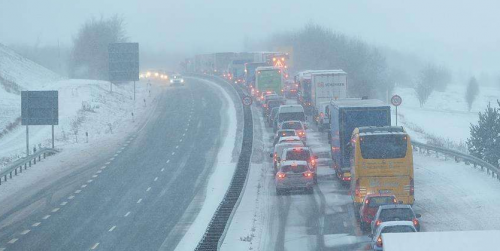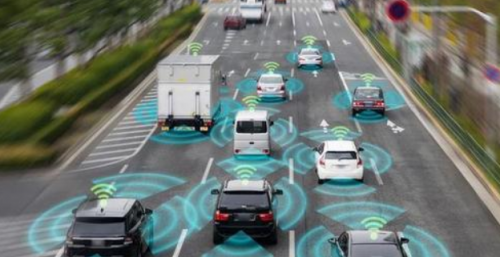Source:Meeyear Group Release Time:2021-01-30
With the development of technology, the Internet of Vehicles industry has entered a stage of rapid development. At present, the safety protection functions and measures of the entire industry have yet to be improved, and there is still much room for improvement in the deepening of services for integrated scenarios such as people, vehicles, roads, facilities, and networks. According to statistics from the Traffic Management Bureau of the Ministry of Public Security, 31.2% of road traffic accidents occur under special weather such as rain, snow, and fog. According to a study abroad, heavy rain caused an average drop in expressway capacity by 14%, and heavy snow caused an average drop in capacity by 22%. This shows that the impact of weather on traffic safety and operational efficiency is evident. In the development process of the Internet of Vehicles, weather services are an indispensable and important link.

Weather changes are an important factor affecting travel. Various weather conditions such as heavy rain, heavy snow, sandstorms, heavy fog, and glaring sunlight will affect the driver’s sight or driving operation judgment to varying degrees, and even endanger the driver’s personal safety. Traditional traffic weather services mainly correspond to the air weather conditions mechanically on the road surface. For example, snowfall directly corresponds to road surface snow. However, in actual situations, snowfall may be caused by different factors such as road surface material, light duration, and current temperature. Diversified road conditions such as muddy and icy roads show that traditional traffic weather services still have many defects. With the in-depth application of new technologies such as cloud computing, Internet of Things, mobile Internet, artificial intelligence, and relying on the advancement of meteorological science and technology, smart weather with self-perception, judgment, analysis, selection, action, innovation and adaptive capabilities can provide More accurate, more reliable, and smarter weather forecasts can effectively help car owners adjust their travel plans, make the best travel decisions, and provide more accurate road condition warnings for drivers on the road.

Scenario-based weather services in smart travel play a vital role in the "vehicle networking ecology". Experts from the Eye Control Technology Artificial Intelligence Research Institute said that at this stage, smart weather can use cutting-edge technologies such as artificial intelligence, big data, and machine deep learning to analyze the historical trend of meteorological data and big data to provide drivers with precision to the minute. Class-level short-term weather forecast and early warning of visibility, road surface water and icing, etc., to maximize the car driving experience and ensure user driving safety. In addition, smart weather products can also customize and develop exclusive car networking weather service products according to the different needs of car manufacturers, and provide manufacturers with personalized weather product services with distinctive brand labels.

In addition, smart weather is also promising in autonomous driving. According to the research results released by the American Automobile Manufacturing Center, the computer vision algorithm technology of autonomous driving cannot detect about 20% of objects in light rain, and when the rainfall intensity increases three times, the detection failure rate will double. Some autonomous driving manufacturers have adopted solutions such as improving the accuracy of environmental sensors, combining multiple sensors, and optimizing algorithms, but still cannot perceive road changes in the next few hours. The introduction of smart weather products can not only effectively solve this problem, but also save a lot of money for manufacturers and escort the development of unmanned driving.
In addition to the application of the Internet of Vehicles, smart weather has been applied in the fields of tourism, insurance, logistics, agriculture, etc., using modern information technologies such as CV visual recognition, AI fusion numerical model, and AI deep learning reasoning to effectively fill traditional weather services. The problem of insufficient capacity has greatly improved the energy efficiency of meteorological services and promoted the intelligent and high-quality development of various industries.
——The authenticity of this information has not been verified by China Automotive Electronics Network, and is for your reference only